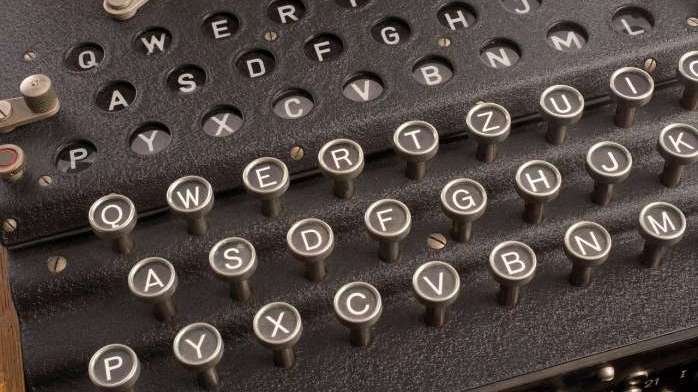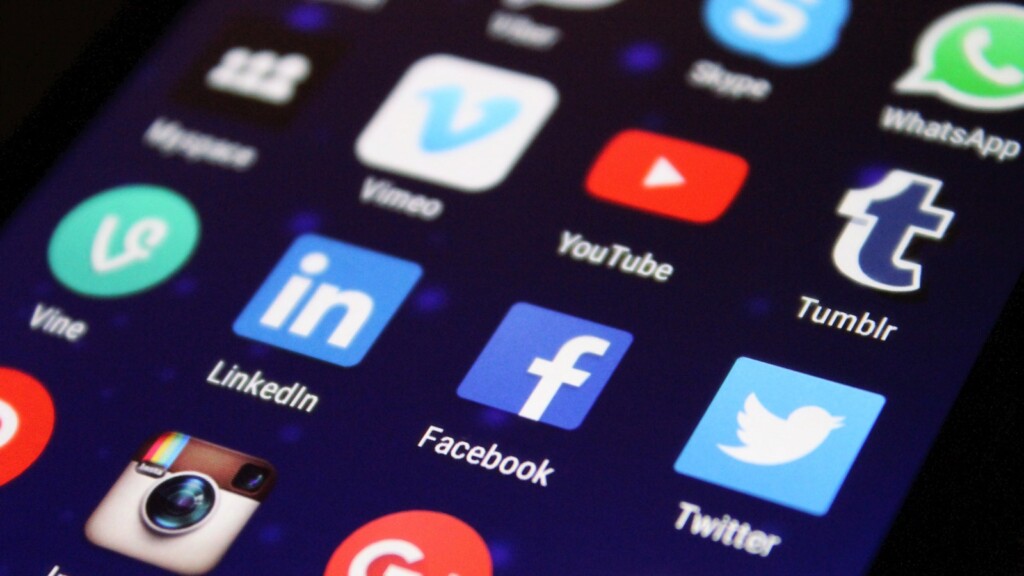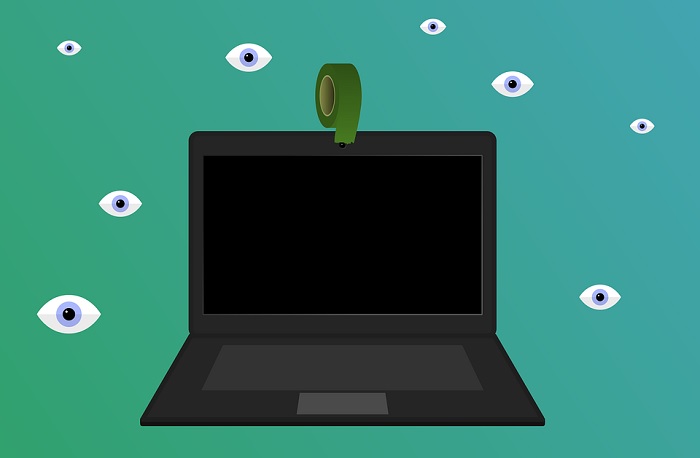
Internet Privacy History Helps Us Understand Privacy Today
Today the topic of internet privacy seems like an obvious one. Of course, with so many people all connected to one gigantic global network, there are going to be a million privacy issues that crop up as a result. At the very start of the technologies that would eventually become the internet we know of today, the type and scope of privacy problems that would result were anything but obvious.
In fact, many of the privacy foibles we deal with today are, in part, a result of how the internet came to be. Despite being decades old, the history of the internet’s design is baked into its DNA. So to really understand the internet of today, you need to understand the historical views of privacy as the technology became a reality. So let’s have a brief look at the timeline of events that best define internet privacy.
Post-WWII
The age of the digital computer really started during the Second World War. In an ironic twist, the Allies wanted to breach the privacy of the Axis forces. The Germans were using advanced encryption techniques through their Enigma machines, which meant the Allied forces had no way of knowing what they were up to. Breaking Enigma pushed the development of early computers. Of course, the computers developed at this time were the size of buildings, no one seriously expected every human on Earth to have one in their house. Much less to have several computers on their person!
That doesn’t mean the potential for havoc was missed by everyone. Visionary genius Jon von Neumann, who invented all manner of computational theories, essentially lays out the theory for computer viruses. So technically you could argue that the concept of a computer virus predates the networks needed to propagate them.
The Swinging 60s
Until 1960, connections between different locations were direct, following a linear path. Think of it like those tin-can phones kids make. There's one string and if you cut it no one can communicate. The same thing applied to communication lines. A guy named Paul Baran came up with the idea of something more like a spider web. With multiple lines that all lead to one another eventually. So even if one line is cut, information can find another path.
Of course, this also means that your information passes through many lines and many points. Which wasn't a worry yet, because all the nodes on Baran's network model would have been trusted.
For his web-like network to function, information had to find its way and packet switching was the method used to achieve this. The main player in the invention of packet switching was Donald Davies, but Baran is also partly responsible for the technology the internet.
In fact, many people worked on the fundamental technologies that enabled the modern web, and by 1969 the first message was sent on ARPANET. This was a US initiative that connected universities and various other government institutions together.
The 70s Bring More than Disco
At this point, personal computers aren't really a thing yet. They are found at universities and other large institutions or businesses, where people use terminals to book time on large mainframes.
As the 70s progress, the first machines that can be thought of as personal desktop computers start to emerge. Such as the Kenbak-1 or Datapoint 2200. Computers generally don't have screens and really are nothing much like the PCs we know today.
Despite how primitive computers are in general, the first computer virus was already in the wild. Known as the "Creeper" virus, it targeted PDP mainframes and was only defeated by the first antivirus software, Reaper.
Two years later, in 1973, it became clear that ARPANET was pretty easy to hack. Unsurprising, since when it was conceived hacking wasn't even a concept. This is the era of people like John Draper (aka Captain Crunch) and the phone "Phreakers". Precursors to modern hackers who compromised analogue phone systems. Little did the computer corporations at the time realize that the next generation of inventive miscreants would pull them into a cyber-security arms race.
By the end of the 70s, the problems are clear and there is an attempt to shoehorn encryption into the TCP/IP protocol. They never succeed, leading to the diversity of bolt-on solution we have today.
The 80s: We Learn About Skynet
In 1984 The Terminator is released to audiences. In this story, we learn about a supercomputer hooked into a global network. It achieves sentience and launched nuclear bombs to wipe out humanity. It's a great movie and also captures some of the emerging fears of the 80s, which is where computer technology really started to take off in the home.
In real life, we were also facing a new generation of software trying to harm us. The second ever virus in the wild, Elk Cloner, goes after the Apple II home computer. Home computers are not yet networked together. So this virus has to spread via "sneakernet". Floppy disks shared by users with each other. Elk Cloner was just a self-replicator without a specifically malicious payload. It was made as a joke by a teenager. Little did he know that a multi-billion antivirus industry would spring up as the eventual result.
By the mid-1980s the internet was beginning to grow and connect more and more entities together. This is the area of the IBM compatible and grassroots computer clubs. As more young people become interested in home computing more malicious software emerges as well. People are learning they can destroy the data of others. This is not far from stealing that data, which viruses will eventually do.
Computer geeks on the other side of the equation fight back, however. By 1987 the antivirus industry starts to become established. The need is now clear and matters of cybersecurity begin to reach public consciousness.
The 90s: Age of the Web
The 90s herald the age of the World Wide Web. Using HTTP and HTML, a network of websites is hosted on the internet, giving regular citizens a reason to connect their computers to the internet. At the same time, it means that those computers are now vulnerable to all manner of nasties. Viruses, worms and direct hacking.
With such a large market of consumers, the cybersecurity industry is in full swing. The big names, Such as Symantec, are established in this era. In terms of privacy risks, things are still pretty OK. The web doesn't yet contain that much private information, but the foundation is now strongly there for our modern internet privacy woes.
The blistering speed of web technology development such as Flash means a nicer web. It also means many, many more vulnerabilities and bugs. Ripe to be exploited. By the end of the 90s its very clear that this web thing is going to be big.
The 00s: The "Naughties"? Seriously?
Yes, some people actually tried to refer to the 2000s as the "naughties", but luckily it never caught on. The world entered the year 2000 keenly aware of how much we now relied on computer technology. The specter of the Millennium Bug made the average person understand how apocalyptic global IT failure could be.
There's a big shift in the nature of the internet. In this decade we see the advent of social media. Sites like MySpace and Facebook encourage users to dump masses of private information on the web. Cybercriminals quickly develop sophisticated scams such as phishing and 419 scams. The aim is to make money, but by stealing private information. By the end of the 00s, it honestly looks like the internet is a beast that risks running out of control.
The 2010s and Today
As we are reaching the end of the second decade of the 21st Century, the crisis in internet privacy seems poised to reach its peak. We now live a significant part of our lives on the internet.
There have been some severe growing pains thanks to this online transition. The companies that keep our data are constantly breached. People's identities are stolen at an alarming rate.
Governments are also watching their citizens using internet technology. Cyber warfare is on the rise between nation states. We are also seeing a surge in smart connectivity with the Internet of Things (IoT) devices. They measure our physical data, keep an eye on our homes and track us wherever we go. I doubt any of the original inventors of the internet could have imagined such a world resulting from their work.
We also have incredible technologies to fight back against the various privacy threats we now face. Technologies such as the Tor network and VPN technology.
The future of internet privacy is not set. However, it looks like the worst is still ahead of us. With legal wrangling and profit-driven lobbies, the battle for our personal privacy is far from over. They say the past is prologue and here it is truer than ever.
What do you think about the History of Internet Privacy? Let us know in the comments below. Get instant updates on TechNadu’s Facebook page, or Twitter handle.













